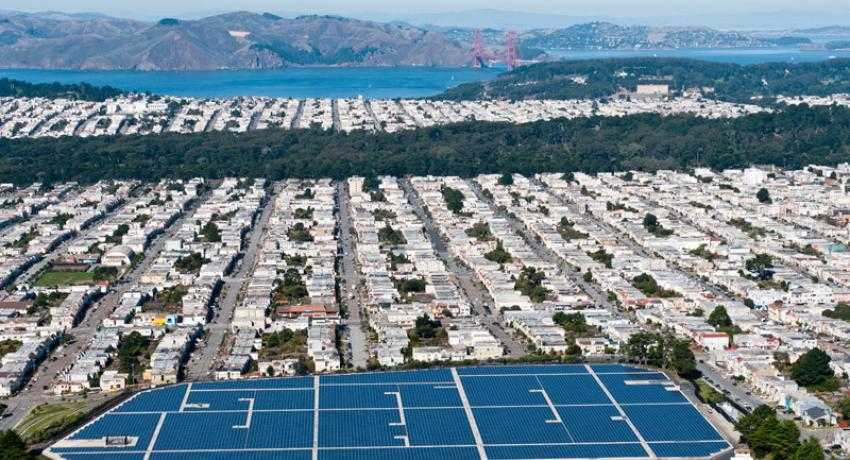MIT study favors utility-scale solar over rooftop solar
While MIT’s recent 332-page report on The Future of Solar is making headlines for its bullish outlook on solar energy’s ability to change our nation’s energy future, its position on residential rooftop solar isn’t so sunny.
The report could cause some issues for distributed solar generation. The Massachusetts Institute of Technology is prestigious and reputable.
When the report’s authors approach lawmakers in Washington and at the state level, they’re likely to get a little more attention than many report authors who have come before them.
That’s why the report’s assertion that net metering is a “subsidy” that should probably be eliminated is concerning.
The MIT report cites evidence that distributed solar generation costs utilities, and ratepayers, more than it saves. Of course, countless studies have argued the opposite. But few studies have been as comprehensive as this one or as generally optimistic about the future of solar energy while damning rooftop solar.
“Because residential solar has a higher investment cost per peak watt,” according to the report, “and because the magnitude of the U.S. federal subsidy is based on a provider-generated calculation of fair market value, residential solar receives far higher subsidies per watt of deployed capacity than utility-scale solar.”
The MIT report suggests that a massive investment in utility-scale solar will light our global path forward through efforts to reduce carbon emissions. In fact, by 2050, the MIT report states that solar could be – and probably should be – providing a third or more of our worldwide electricity demand.
It’s so unusual to see a report so optimistic about the future of solar technology while simultaneously recommending a movement away from distributed generation. While rooftop solar reduces transmission losses, the report notes that rooftop solar more than makes up for that savings with the required investments in and maintenance of new two-way power flow equipment.
According to an analysis from Greentech Media, an average solar customer could offset any additional expense created by his or her system with $12 a year. For $1 per month, a homeowner could offset any negative impact to the utility.
But what it costs to maintain two-way power flows is higher as grid penetration increases. Since most states have less than 1 percent distributed generation, the impact is even less significant than $12 per year. However, if grid penetration surpasses 25 percent, the MIT study finds that it would cost the average homeowner $90 a year to offset the added expense.
While the MIT study emphasizes the importance of utility-scale solar and de-emphasizes the relevance of distributed generation, the genie is out of the bottle. As battery storage becomes increasingly accessible, it doesn’t just mean utilities will be able to use solar power more effectively. It could also mean that homeowners who meet with resistance from utilities can defect from the grid with their rooftop solar arrays, which has already started happening in Hawaii.




